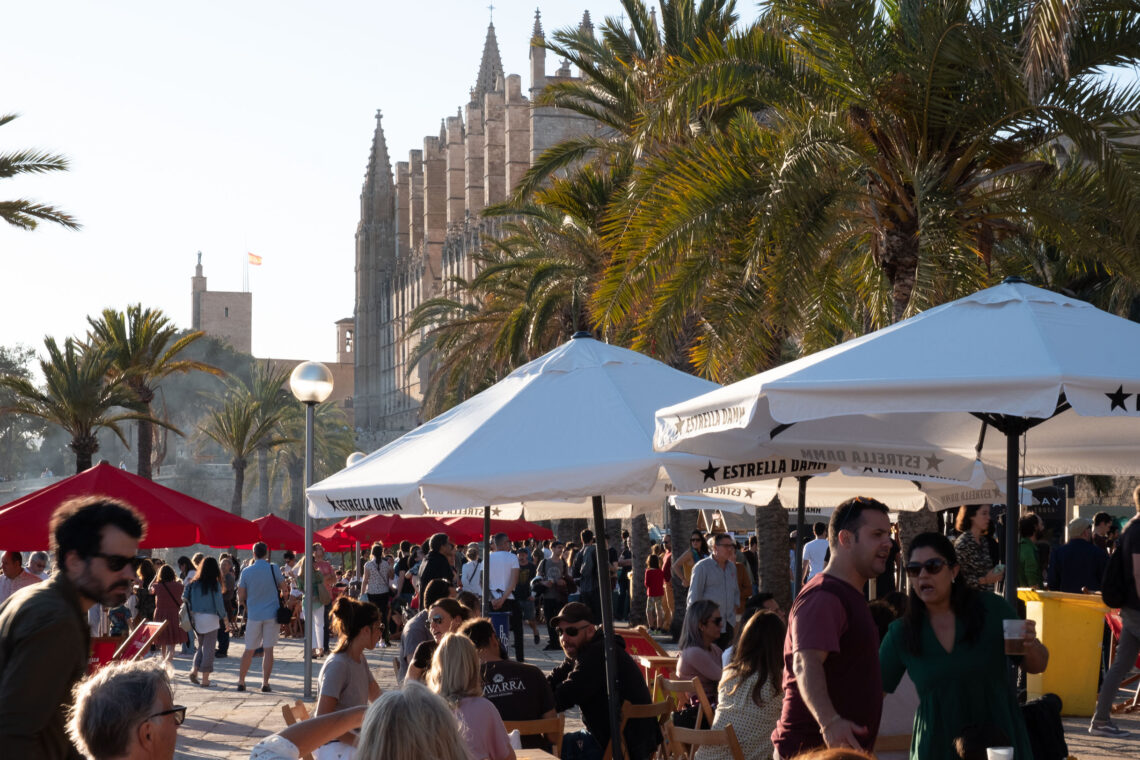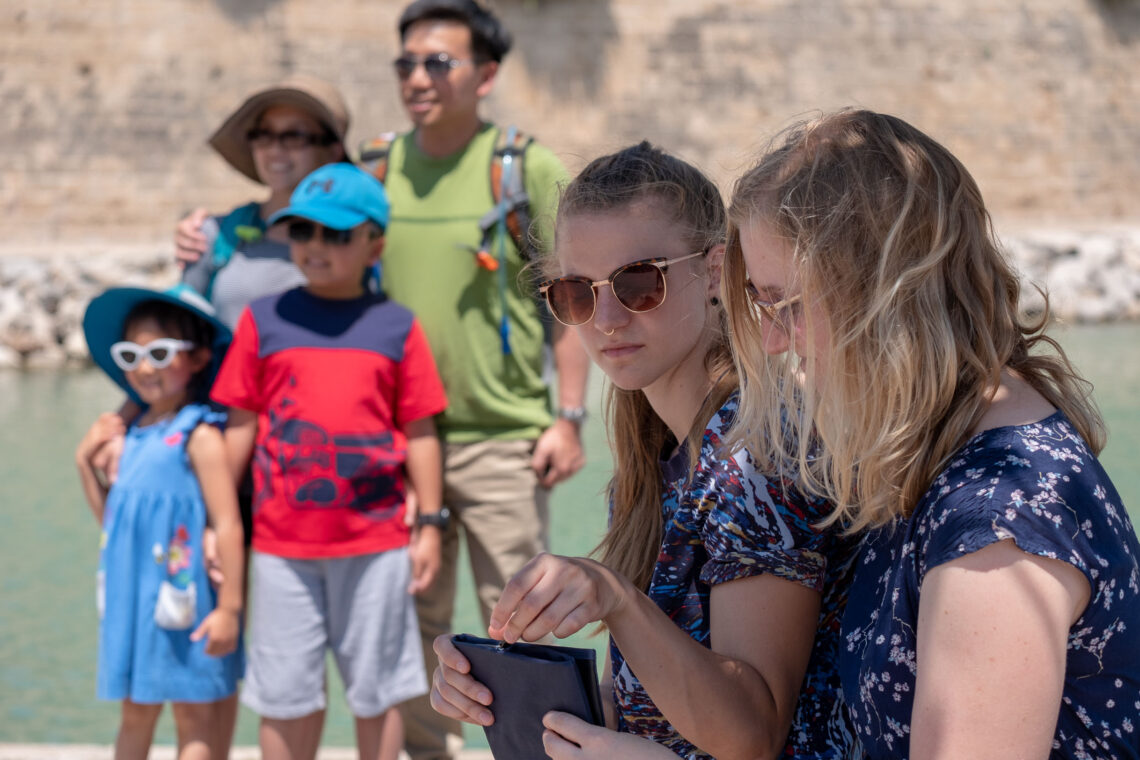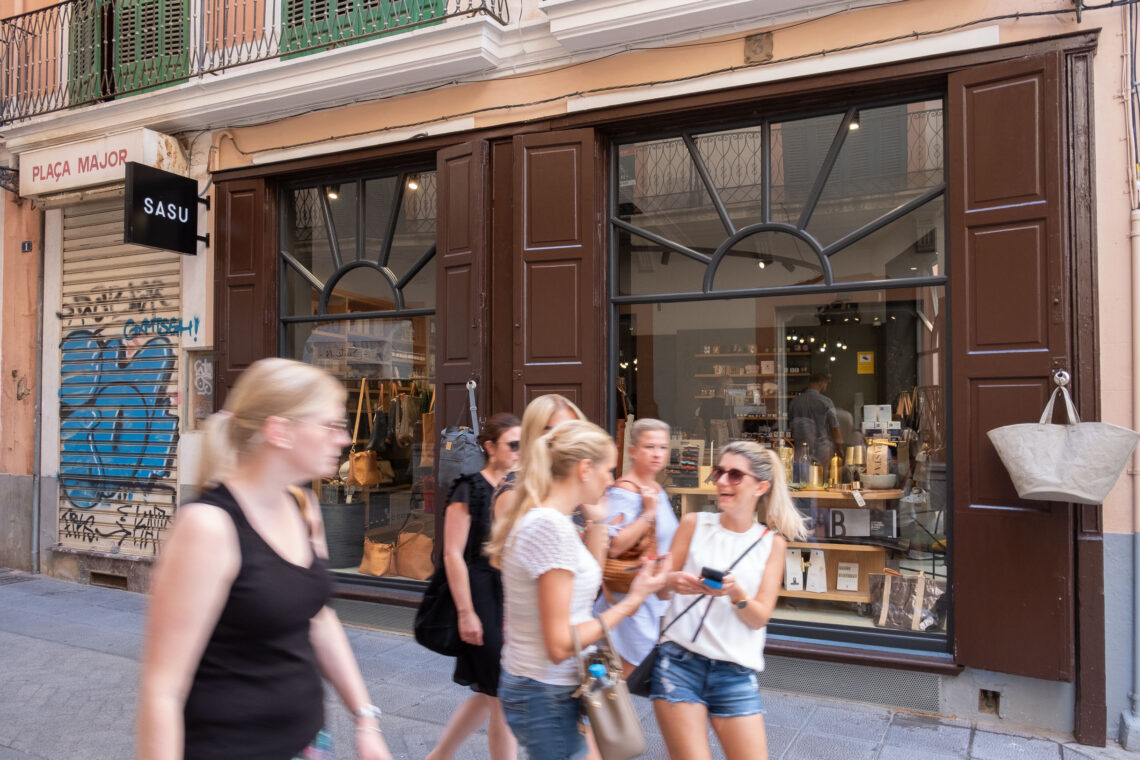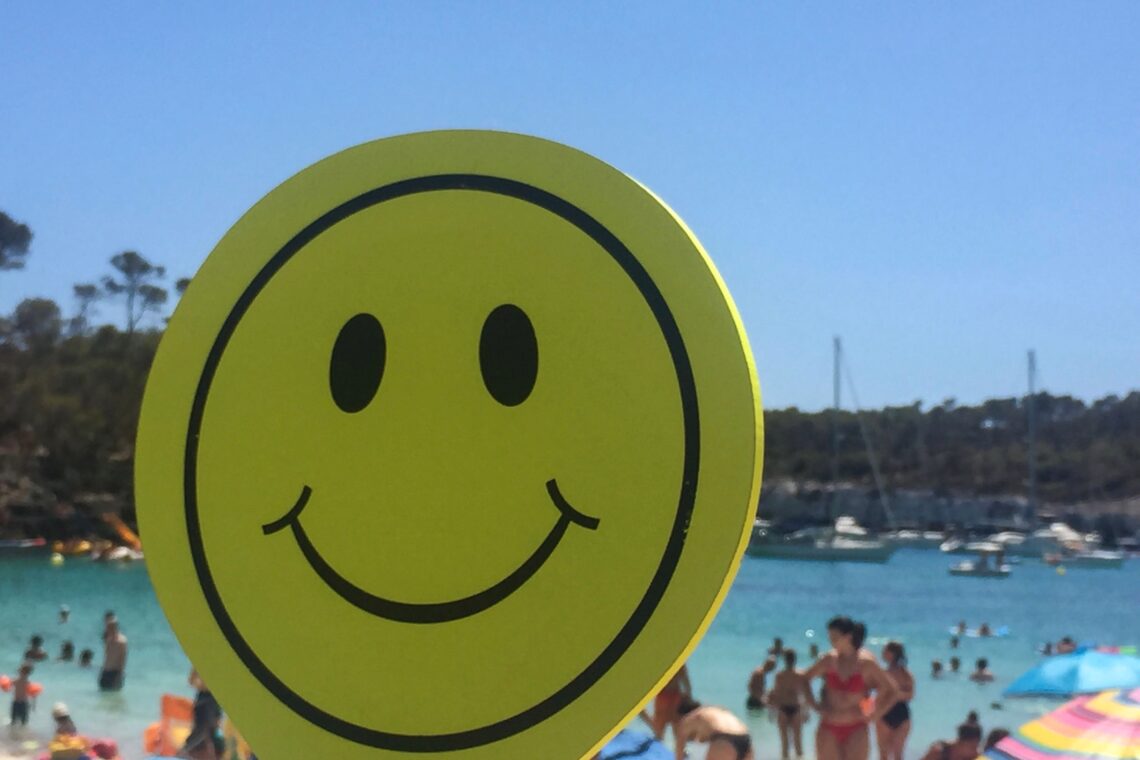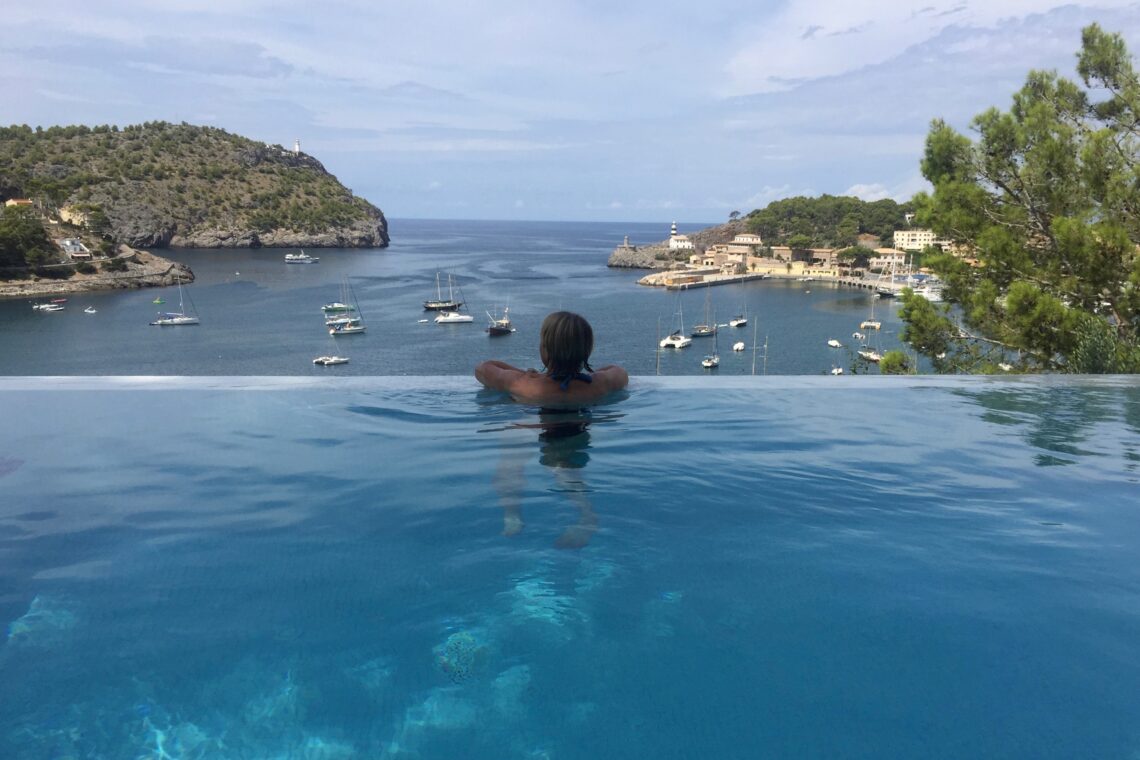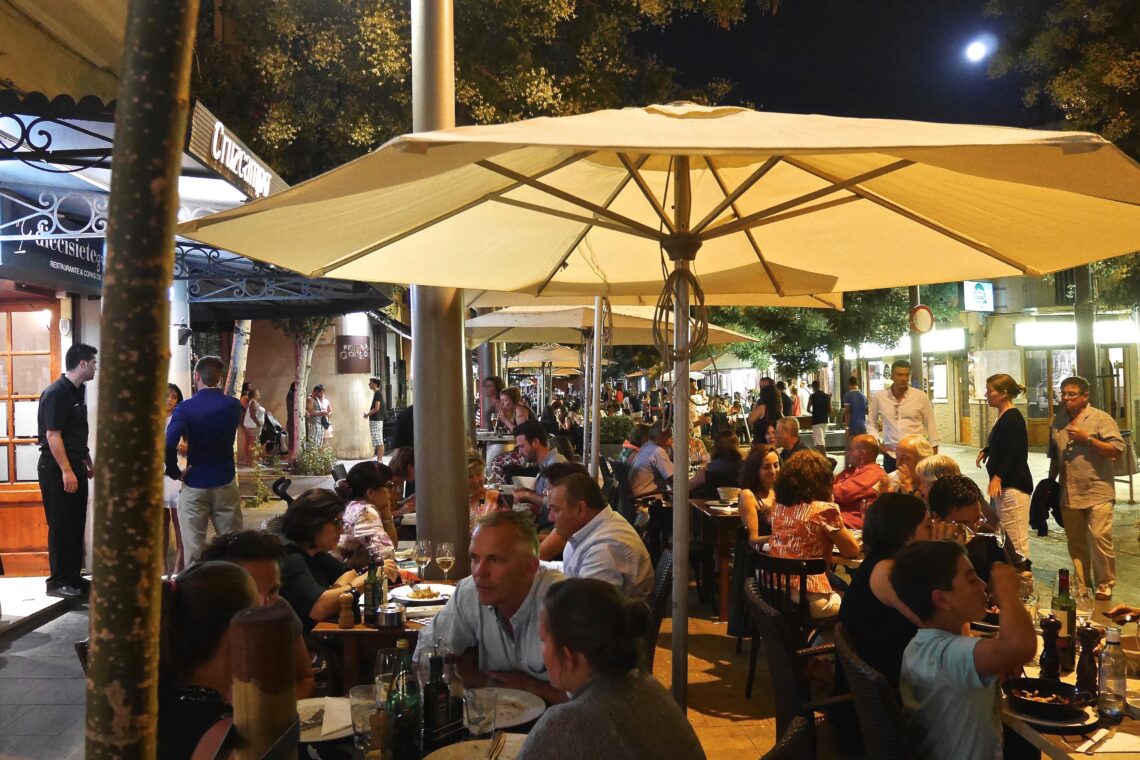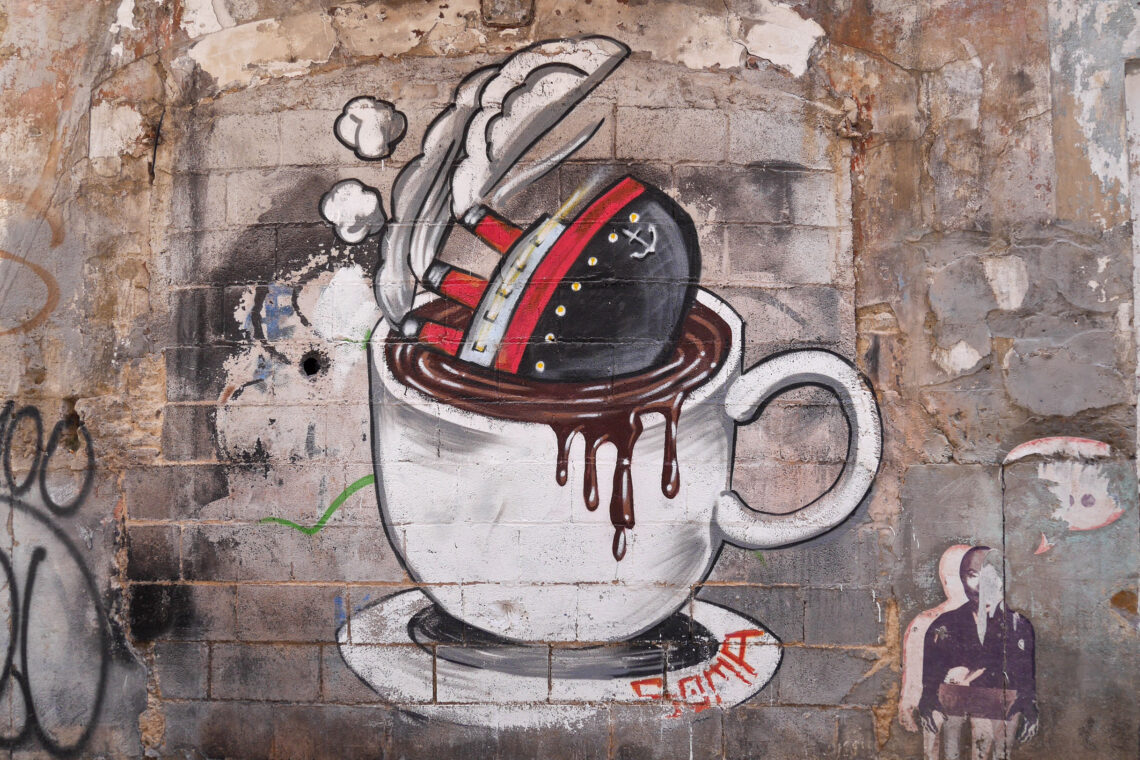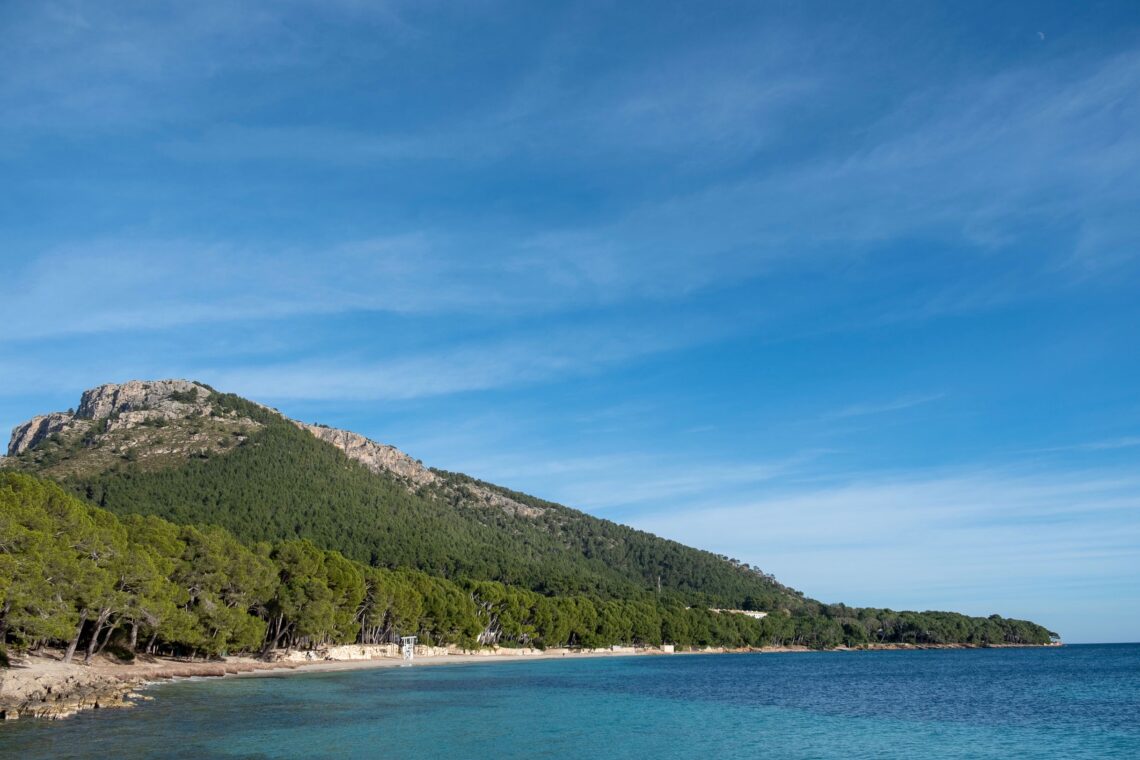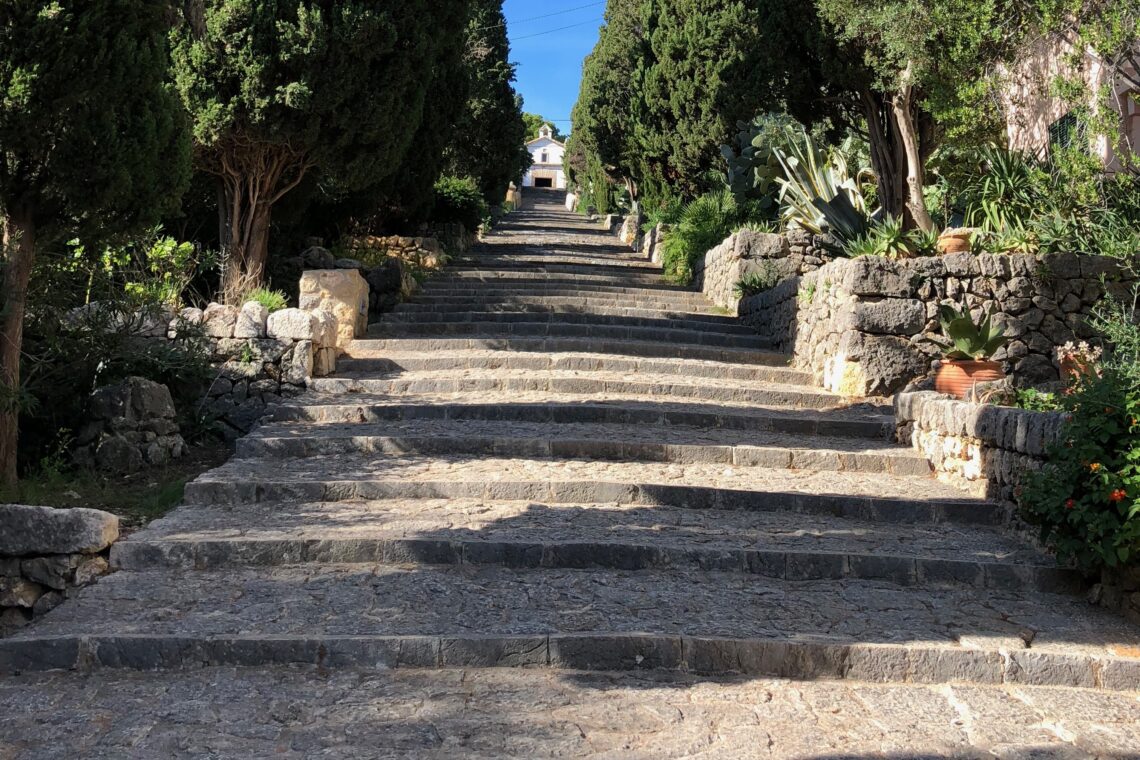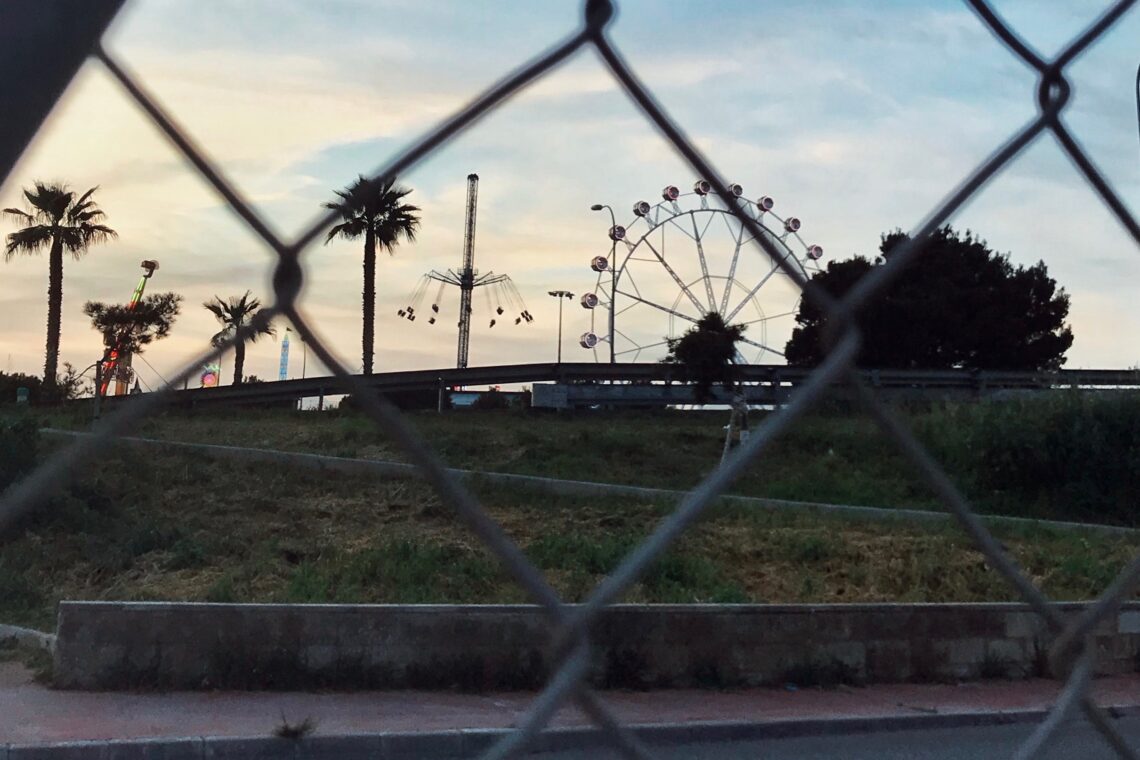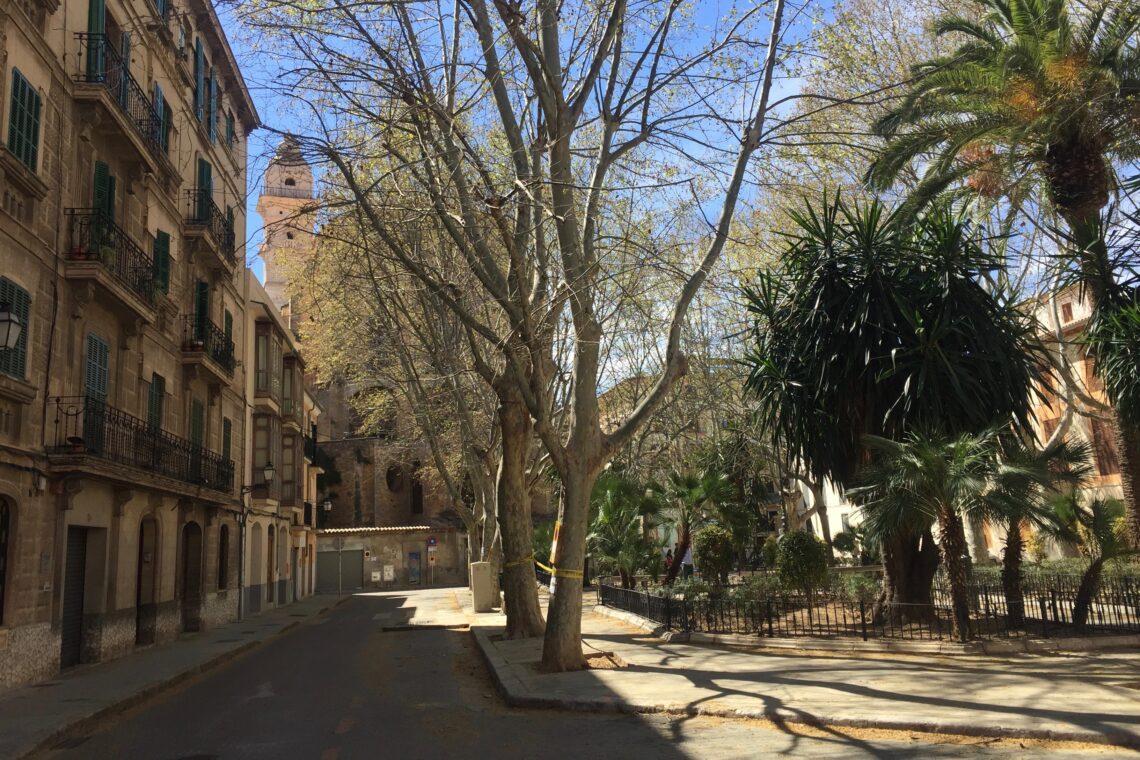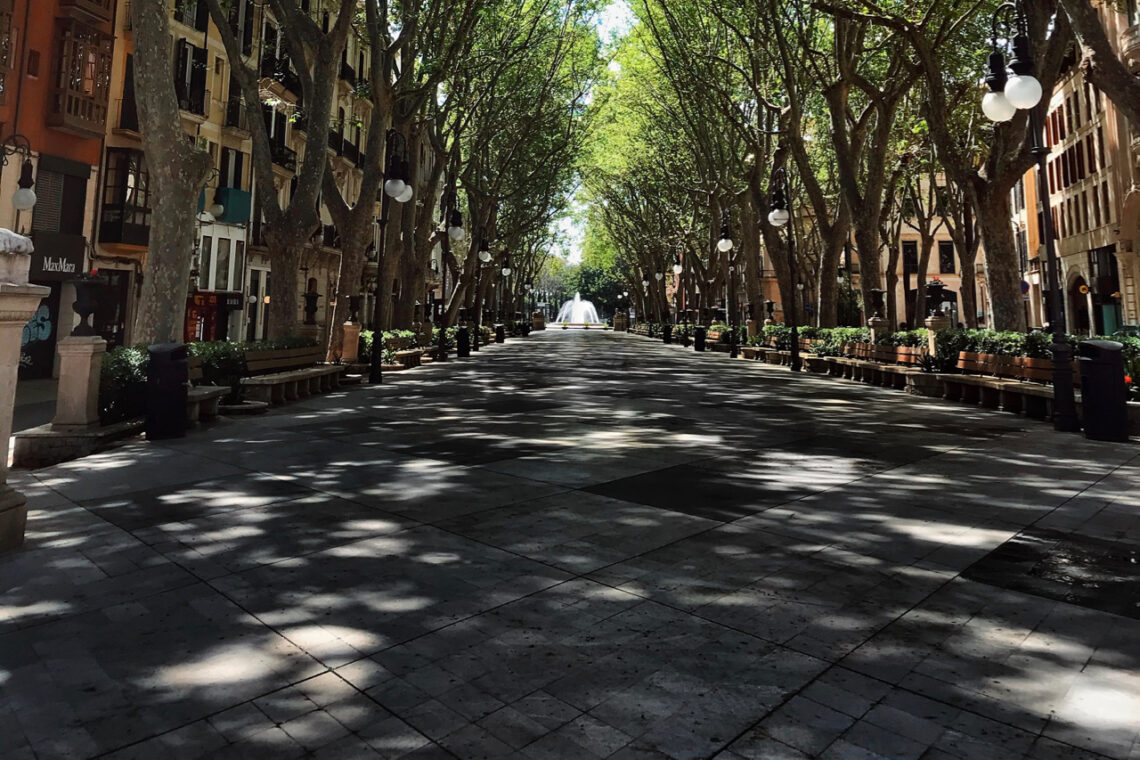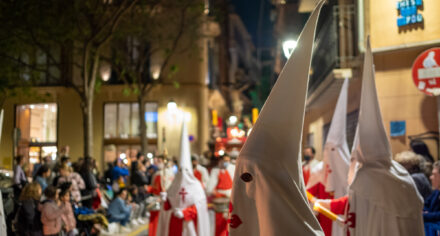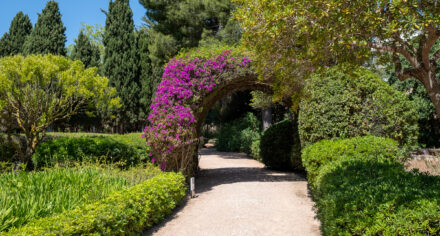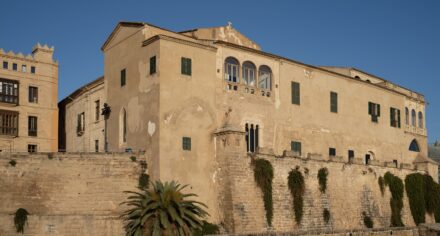Not long ago overtourism has been the focus of heated debate. And no magazine forgot to mention Mallorca as a striking example. How the world has changed in no time! Today news and magazines are full of pictures showing deserted places and empty beaches. And we start to realize how much actually depends on tourism. But these are just two sides of the same coin. The history of tourism on Mallorca started earlier than you might expect.
When traveling still meant carriage, boat, and donkey Frédéric Chopin and George Sand became the first prominent guests. They spent the winter of 1838/39 in Valldemossa and, despite the cold and moist climate, were enchanted by the unique landscape. Another early Mallorca fan was archduke Ludwig Salvator, wo discovered his lifelong love for Mallorca in 1867.
In the early 20th century Mallorca became the dream destination for celebrities from all over the world. Grace Kelly and Prince Rainier spent their honeymoon on Cap Formentor. And the hotel there hosted famous guests like the Dalai Lama, Audrey Hepburn, Charly Chaplin, or Winston Churchill. The first hotels that opened in Palma were also exclusively welcoming the wealthy and the famous.
The Franco government though considered the development of tourism a central part of their economic policy. It was the opening of Mallorca’s airport in 1961 that finally fueled mass tourism. Inviting many who mainly come for the beaches, heading for the Playa de Palma, Magaluf, or Cala Ratjada. Eventually, cruise ships brought along thousands of tourists per day. Many of them visiting the island just for a couple of hours as if it were a theme park.
Yet there have always been those who were looking for the other side of Mallorca. For the people and the culture, for architecture and food, for the sea and the mountains. Some renovated old farmhouses, rediscovered local produce, and helped to revive traditional manufacture. Within the last decade, Palma has developed as a destination of its own. About a dozen of new hotels and hundreds of airbnbs cause serious housing problems as in most major cities. The advancing gentrification endangers traditional retail and neighborhood stores.
Only a few weeks ago, with the spread of the corona virus, it all came to an immediate and unpredicted halt. Involuntarily, we encounter Palma and the island without travelers. The quietness we hear, a relief at first, becomes strange and unnatural. And as much as we long for our everyday life, we realize that the economic crisis has only just begun and that our lives will be different. The challenges are enormous but as in every crisis there is also an opportunity, the opportunity to shape the future, not least the future of tourism. ![]()
Pictures by @sebatiptronic (10, 12) and @martiblaufoto for Estilo Palma.

